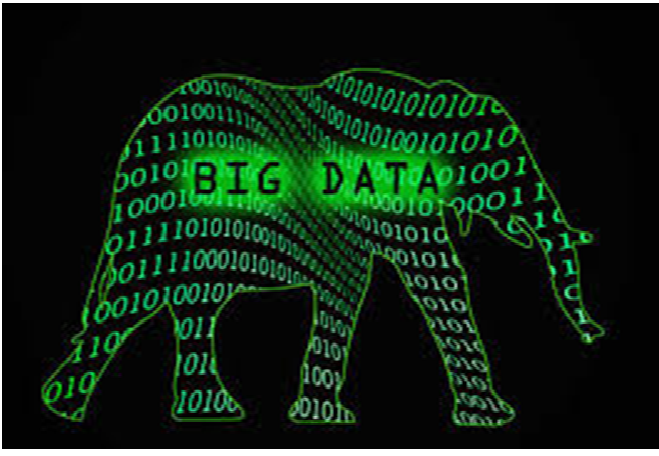
Big data is a buzzword, or catch-phrase, used to describe a massive volume of both structured and unstructured data that is so large it is difficult to process using traditional database and software techniques. In most enterprise scenarios the volume of data is too big or it moves too fast or it exceeds current processing capacity. Despite these problems, big data has the potential to help companies improve operations and make faster, more intelligent decisions.
An example of big data might be petabytes (1,024 terabytes) or exabytes (1,024 petabytes) of data consisting of billions to trillions of records of millions of people—all from different sources (e.g. Web, sales, customer contact center, social media, mobile data and so on). The data is typically loosely structured data that is often incomplete and inaccessible.
History and Consideration
While the term “big data” is relatively new, the act of gathering and storing large amounts of information for eventual analysis is ages old. The concept gained momentum in the early 2000s when industry analyst Doug Laney articulated the now-mainstream definition of big data as the three Vs:
Volume. Organizations collect data from a variety of sources, including business transactions, social media and information from sensor or machine-to-machine data. In the past, storing it would’ve been a problem – but new technologies (such as Hadoop) have eased the burden.
Velocity. Data streams in at an unprecedented speed and must be dealt with in a timely manner. RFID tags, sensors and smart metering are driving the need to deal with torrents of data in near-real time.
Variety. Data comes in all types of formats – from structured, numeric data in traditional databases to unstructured text documents, email, video, audio, stock ticker data and financial transactions.
Variability. In addition to the increasing velocities and varieties of data, data flows can be highly inconsistent with periodic peaks. Is something trending in social media? Daily, seasonal and event-triggered peak data loads can be challenging to manage. Even more so with unstructured data.
Complexity. Today’s data comes from multiple sources, which makes it difficult to link, match, cleanse and transform data across systems. However, it’s necessary to connect and correlate relationships, hierarchies and multiple data linkages or your data can quickly spiral out of control.
Advantages of Big data:
1) Cost reductions
2) Time reductions
3) New product development and optimized offerings
4) Smart decision making. When you combine big data with high-powered analytics, you can accomplish business-related tasks such as:









